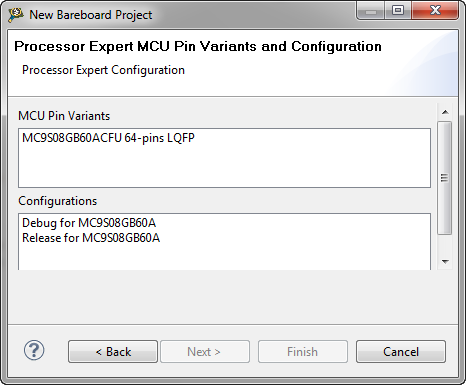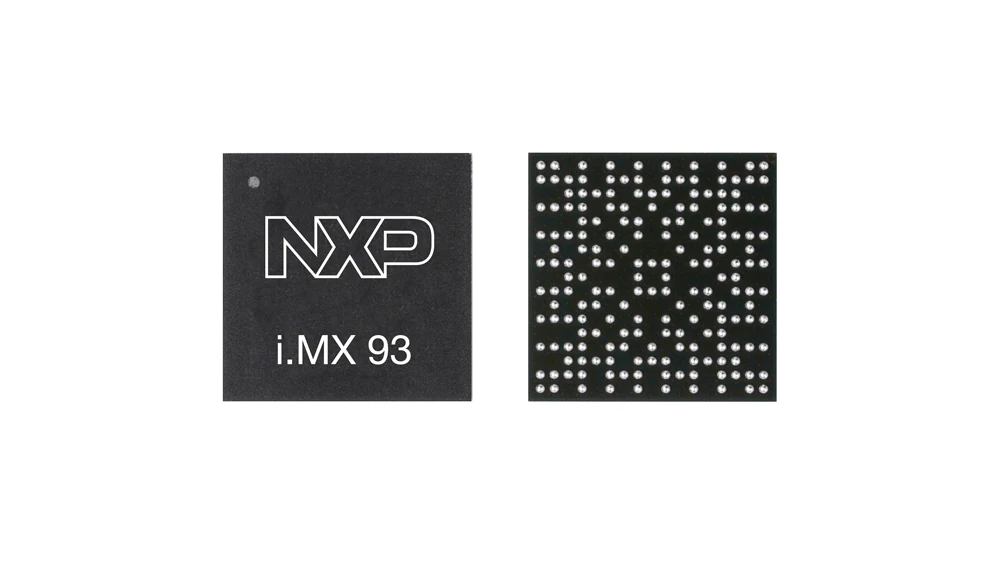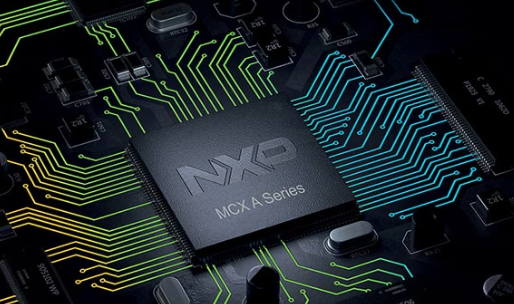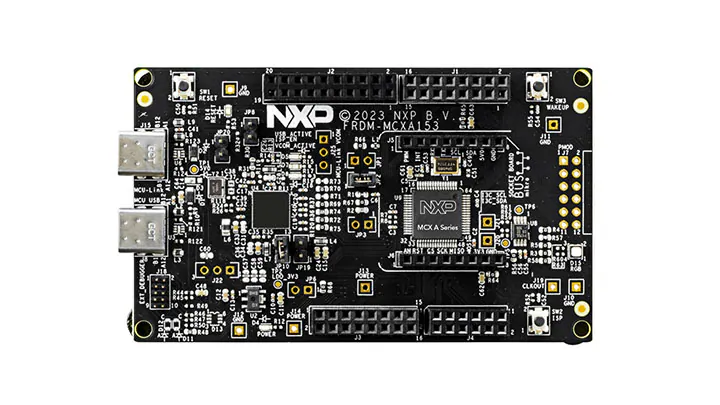
For developers with extensive experience in microcontroller development, the STM32 series from STMicroelectronics is often cited as one of the most straightforward and reliable MCUs to work with. The stability of both the STM32 and STM8 series has contributed to their widespread adoption in numerous products.
Early ARM-core MCUs, such as some from NXP, required developers to configure peripherals by directly manipulating registers. This process could be daunting, especially without comprehensive official examples. Even experienced engineers might resort to trial and error, while newcomers often struggled to know where to begin. Consequently, a significant portion of the product development cycle could be spent just on peripheral configuration.
While the STM32's firmware library presented an initial learning curve, particularly for those with a weaker C programming foundation, it ultimately simplified development significantly. This ease of use, combined with stability and a competitive price point, helped STM32 become a highly popular MCU.
A subsequent price surge in the market spurred the emergence of many alternative MCUs, particularly from the Chinese market. These alternatives are often advertised as pin-to-pin compatible, with some claiming to require no code modifications for migration.
Several factors explain why many new MCUs are designed to be compatible with the STM32.
Key Factors Driving STM32 Emulation
1. Market Demand
The MCU market is substantial and continues to grow with the trend of digital transformation. Where there is strong demand, there is market opportunity. Companies are positioning themselves to meet this increasing need for microcontrollers.
2. Market Share and Recognition
Prior to the introduction of numerous alternatives, the STM32 series offered a strong price-to-performance ratio. Its proven stability in various operating environments led to its extensive use across a wide range of industries, establishing a large and loyal user base.
3. Reduced Development Costs
The STM32 ecosystem is mature and rich with tutorials, documentation, and libraries. This wealth of existing resources can be leveraged by developers using compatible MCUs, effectively lowering the barrier to entry and reducing overall development costs. Often, solutions to problems with a replacement MCU can be found within the STM32 knowledge base.
4. Technology Accumulation and Innovation
When entering a market, it is common to model products after a successful and market-proven predecessor. For MCUs, the STM32 serves as an ideal benchmark. By emulating its design, companies can accumulate valuable technical experience, which provides a foundation for future product innovation and differentiation.
In summary, the strategy for many Chinese companies to create STM32-compatible MCUs is a pragmatic approach to enter the market quickly, reduce risk, build technical expertise, and pave the way for independent innovation.
 ALLPCB
ALLPCB







